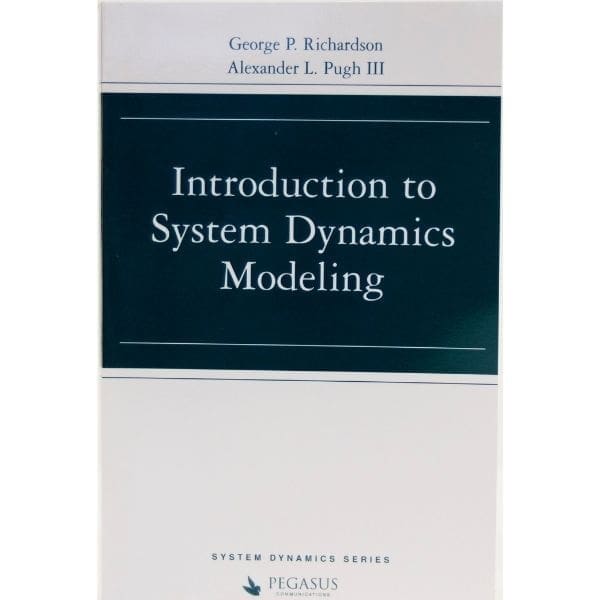$16
A must-have resource for educators and parents who want to help children understand the interconnections in our world. This book helps guide you in how to help children start to look for patterns in how things happens, to understand why problems arise, and to figure out what they can do about them. This powerful resources includes a fun, detailed discussion of systems thinking, and a comprehensive guide to 12 favorite children’s stories that illustrate key systems thinking concepts.
Description
Can a butterfly's sneeze actually change the weather thousands of miles away? Our world is full of such surprising interdependencies. But how do we help our children understand such complexity -- especially when it impacts the events and the world around them? WHEN A BUTTERFLY SNEEZES teaches us how. Aided by systems thinking, children learn to ask simple questions: What happens next? What happens to this if there is more or less of that? They start to look for patterns in how things happens, to understand why problems arise, and to figure out what they can do about them. This powerful resources includes a fun, detailed discussion of systems thinking, and a comprehensive guide to 12 favorite children's stories that illustrate key systems thinking concepts. A must-have resource for educators and parents who want to help children understand the interconnections in our world.
Review: Brandon, How to use stories to unveil the real world, February 14, 2018 I'd been looking for this book for years without knowing it. I use stories to help kids understand the world of complexity — science, history, technology, math, art, and so on. I've long suspected, though, that we can do more than TELL kids stories: stories are things kids can climb into, can play with. A story, I've suspected, can be the start of a sort of game that helps us see how we might live. Sweeney's book is helping me better understand how we might do that. A story, she points out, actually HIDES how the world works. In the real world, everything links up with everything; events transpire in cycles that are hidden. But stories catch our attention precisely because they simplify that complex reality, and give us a handful of protagonists who desire, strive, and then succeed/fail. Sweeney, though, doesn't tell us to turn away from stories, but rather to embrace them and use them (or some of them) to show how the world really functions. As an aside, this book also teaches the basics of complexity theory (formerly chaos theory) more clearly than many popular books in the genre. A close study of the chart on page 10 is worth a few books. Especially useful for anyone who's in love with the Imaginative Education approach of Kieran Egan.





